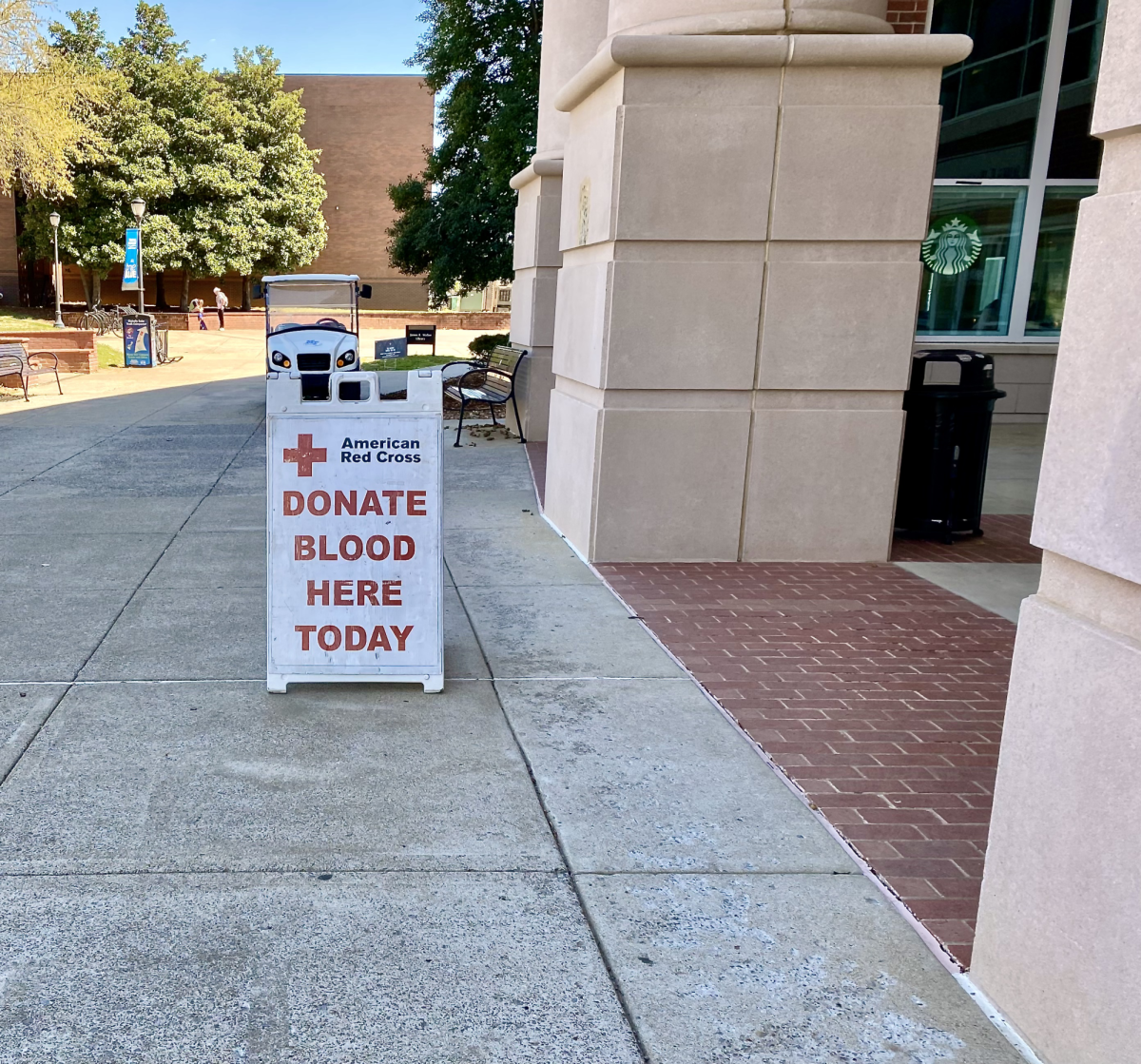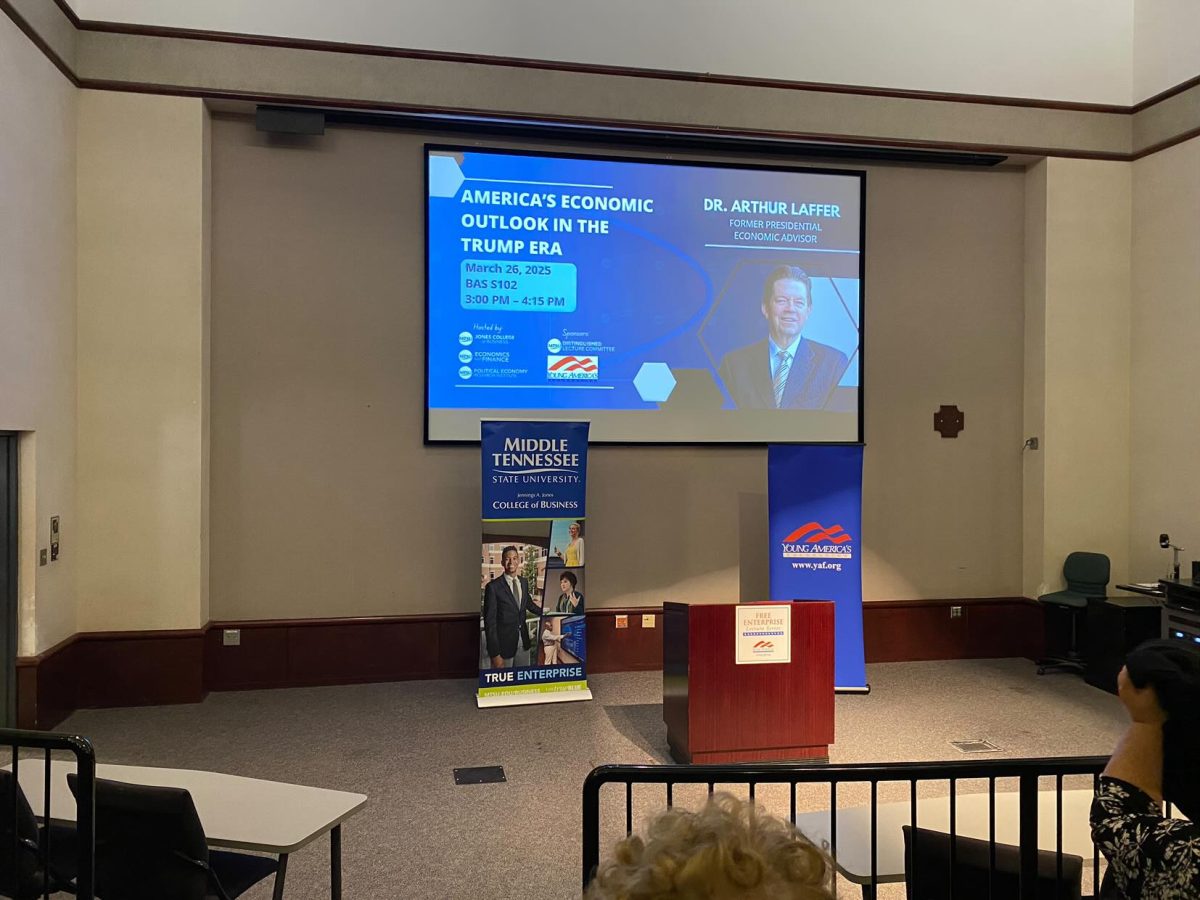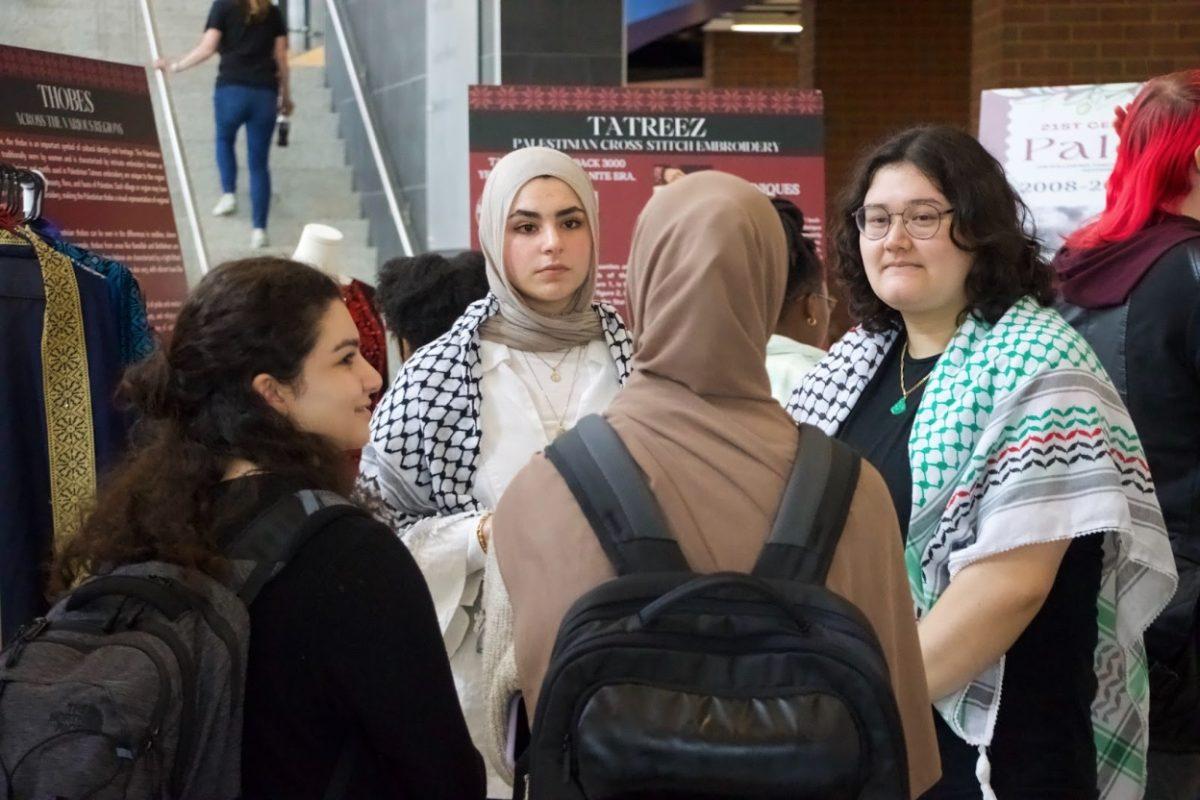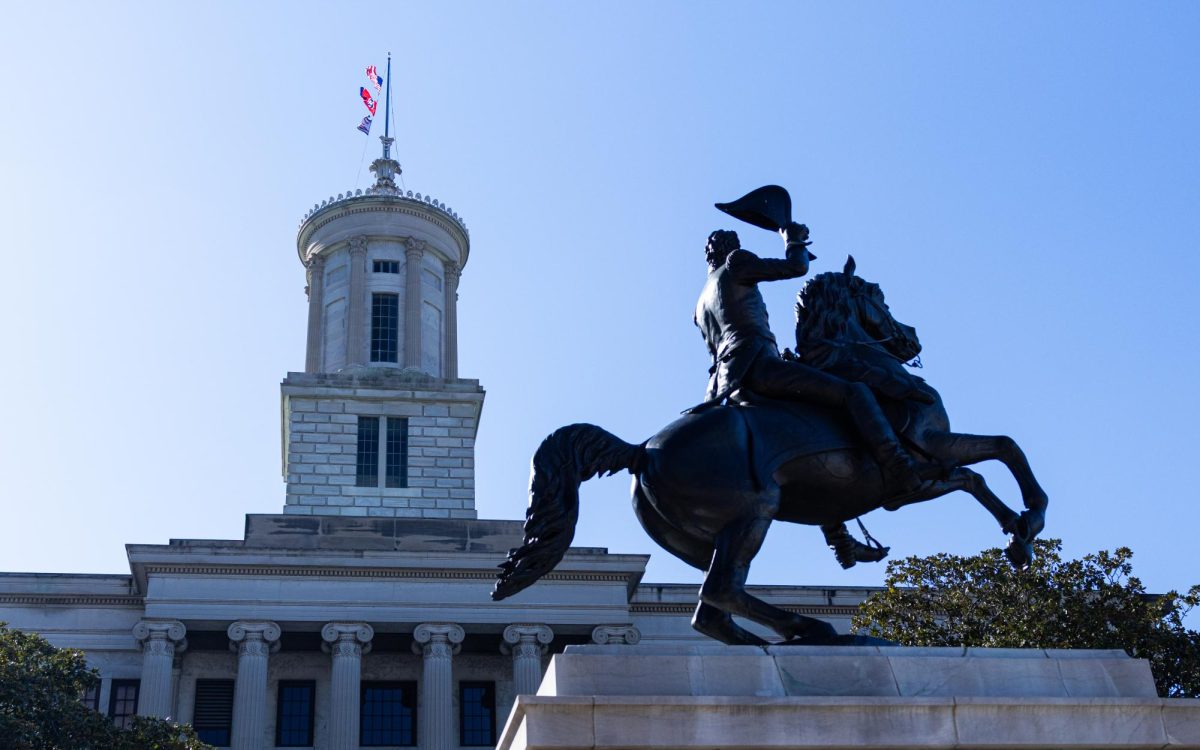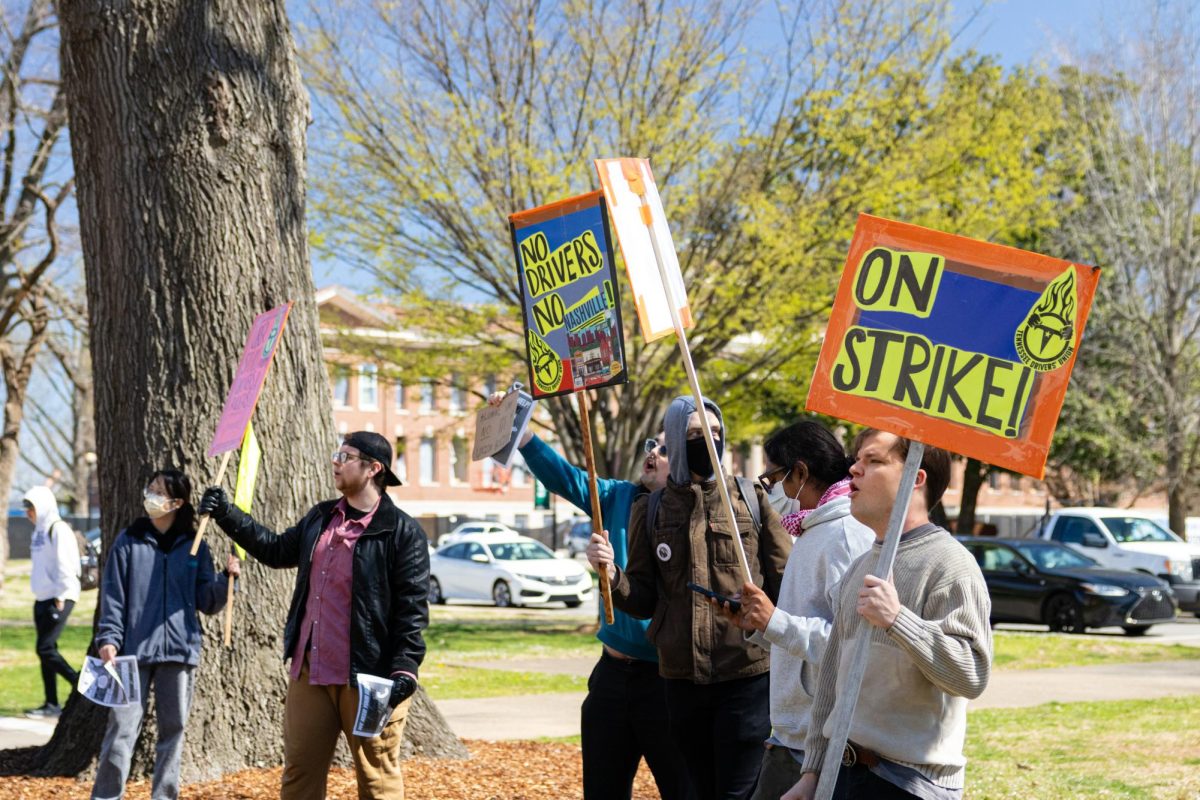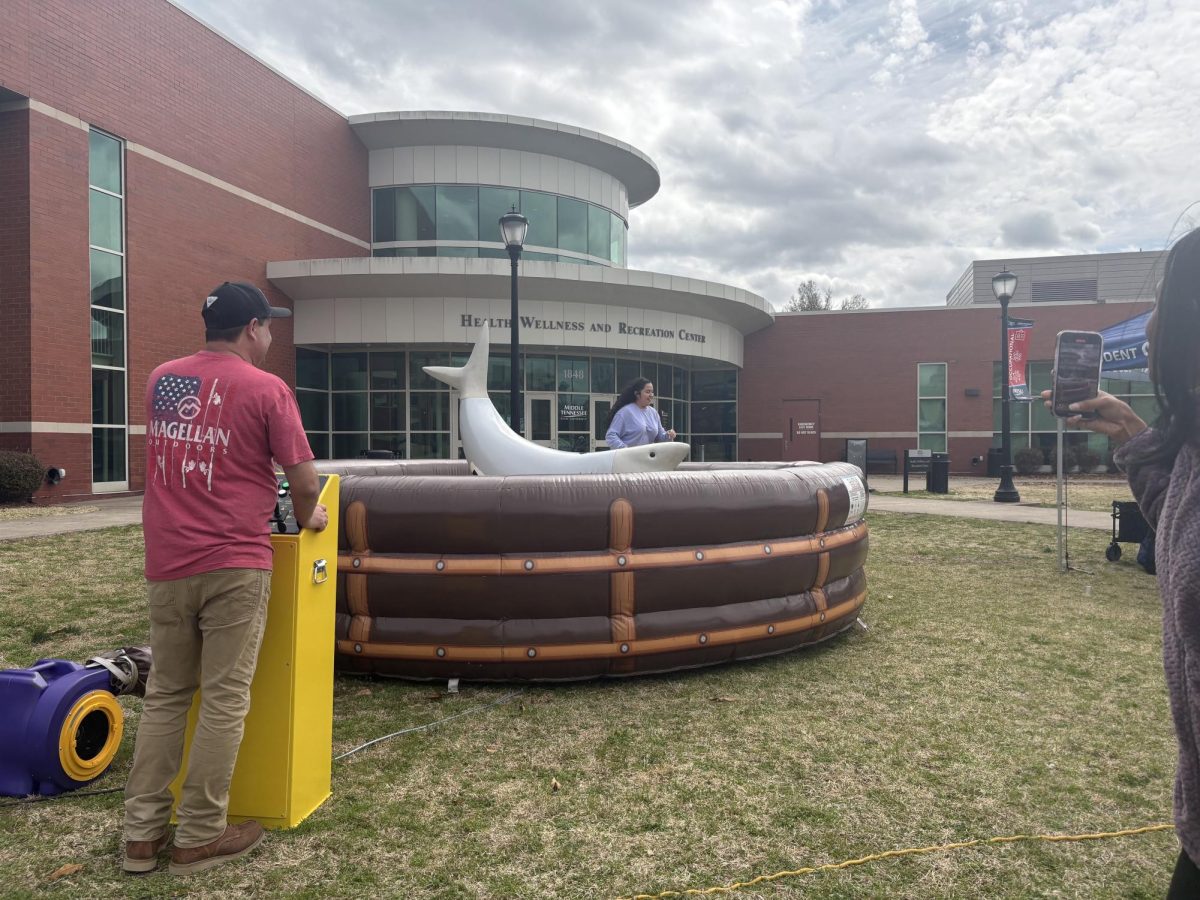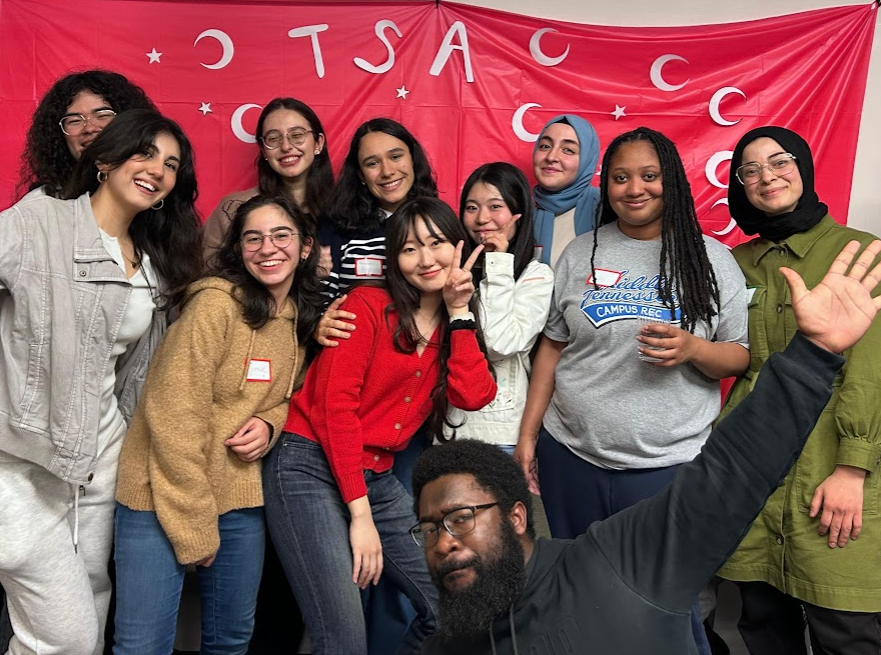Political gerrymandering once again ensnared Tennessee with the state’s newest House of Representatives maps, but this time, it is legal. And not even MTSU’s campus has been spared.
Before, the entire campus was in district 48, represented by Bryan Terry. Middle Tennessee Boulevard was the border between 48 and district 37, represented by Charlie Baum, an MTSU professor.
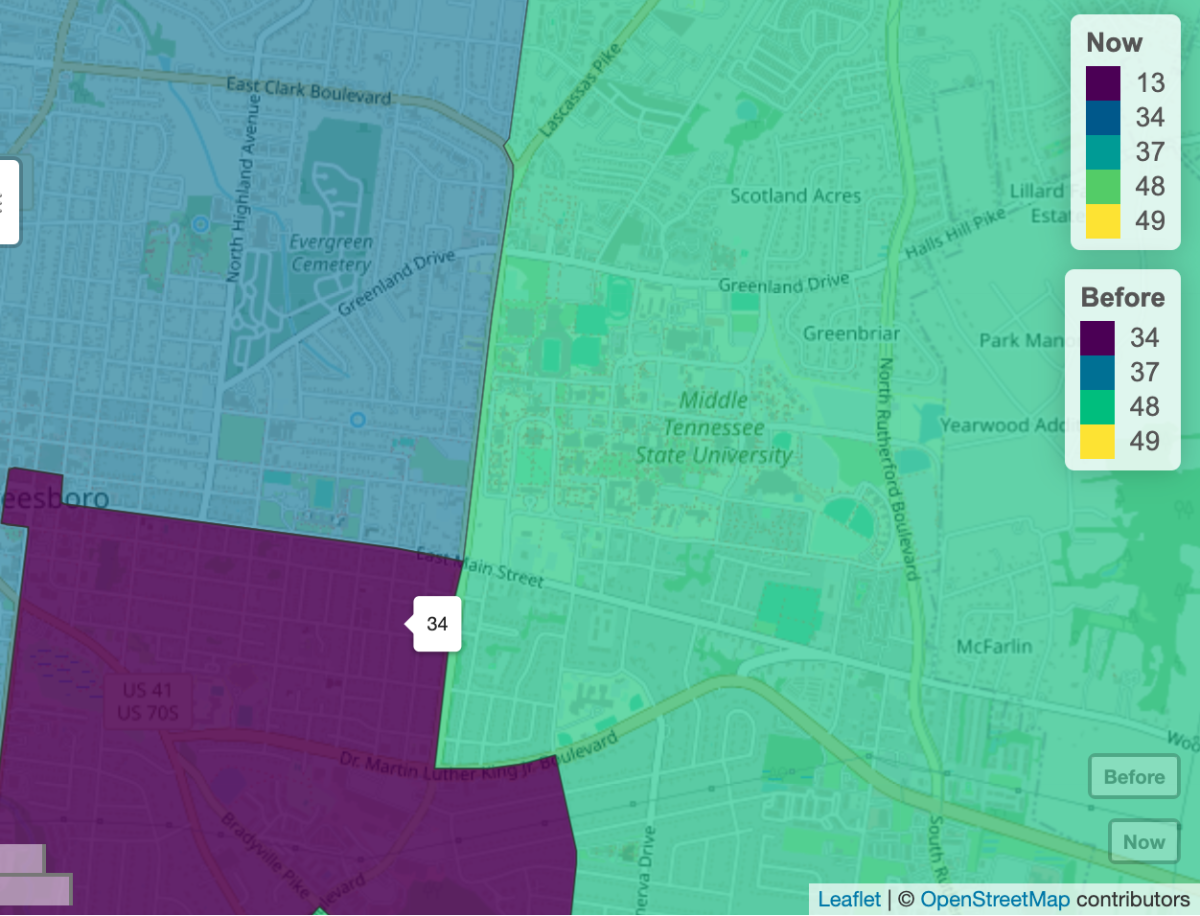
Now, 37’s border takes a left turn onto Faulkenberry Drive, eventually going down to MTSU Boulevard. It makes a right onto Blue Raider Boulevard until turning right on Alumni Drive. The border turns right again onto City View Drive before following East Main back to Middle Tennessee Boulevard.
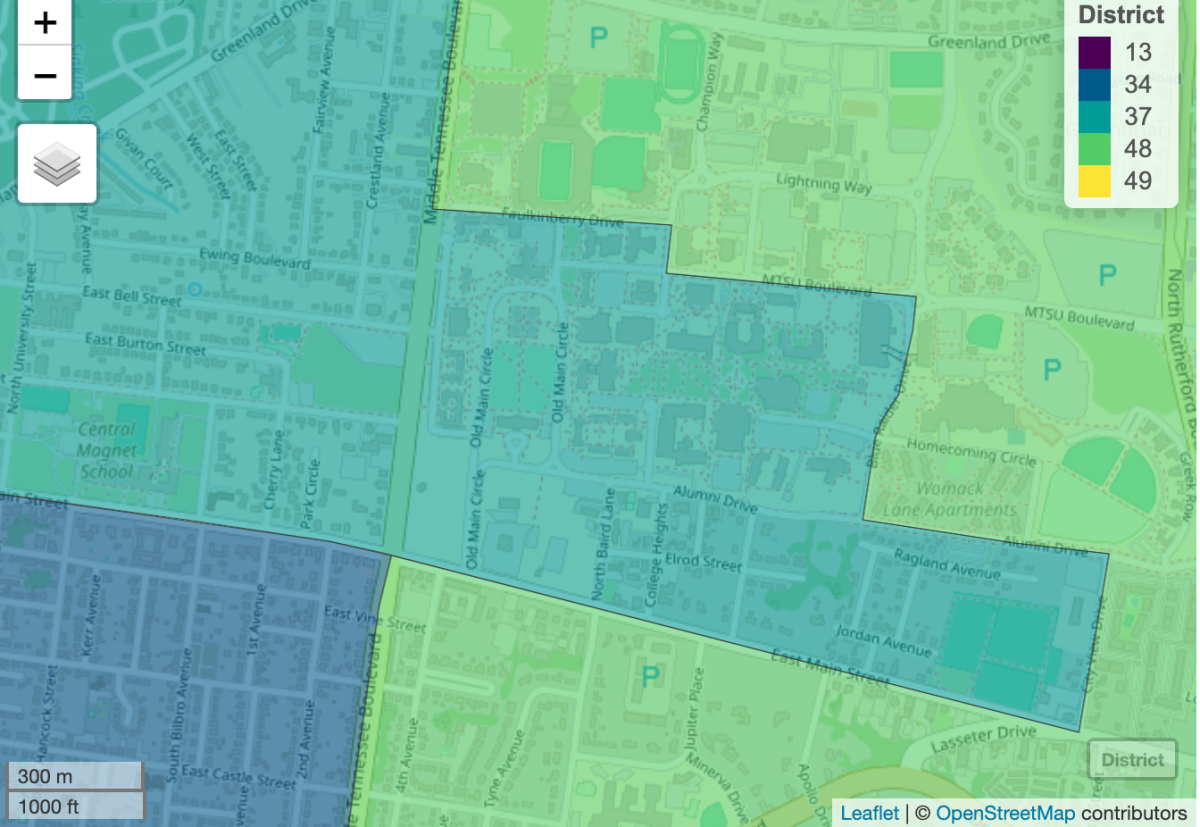
District 37 lost about 8,000 of its voting-age population, and 48 gained them.
Sekou Franklin, a professor in the Department of Political and Global Affairs at MTSU and member of the Tennessee State Conference of NAACP, said the campus represents a “community of interest.”
“Students can represent a powerful force if they are cohesive,” Franklin said. “As such, the community or university should be kept intact when it comes to legislative redistricting. Yet, in Rutherford County, it seems lawmakers have diluted the student vote in state legislative redistricting.”
This gerrymandering does not impact MTSU students as much as the rest of Rutherford County, for now. Students who live on campus are given the 1301 East Main St. address unless they are still registered in their hometown.
Even though some students live in 48, they will vote for 37. Should the University be directed or choose to stop using the 1301 East Main St. address, the campus would be cut in half.
A bigger picture
This trend is also happening across Rutherford County.
Despite steep increases in Rutherford County’s Latino and Black populations from 2010-2020, the new map lowers nonwhite representation by an average of 3.5%.
This follows a trend seen throughout the state.
In Aug., a federal judicial panel threw out a lawsuit alleging that the new gerrymandered legislative maps in Davidson County were unconstitutional. The ruling said the maps exhibited characteristics of racial gerrymandering but could also be understood as partisan gerrymandering.
How did we get here?
In 2019, United States Supreme Court’s Chief Justice John Roberts wrote in his majority opinion in Rucho v. Common Cause, that “partisan gerrymandering claims present political challenges beyond the reach of the federal courts.”
Essentially, this ruling gave state legislatures near full immunity to gerrymander their states’ congressional maps so long as they deem it political and not race- or income-motivated.
According to the Brennan Center for Justice, “claims raising issues of partisan fairness have been filed in 18 states since states adopted new congressional and legislative maps as part of the redistricting cycle that began in 2021.”
To contact the News and Assistant News Editor, email newseditor@mtsusidelines.com.
For more news, visit www.mtsusidelines.com, and follow us on Facebook at MTSU Sidelines and on X and Instagram at @mtsusidelines. Also, sign up for our weekly newsletter here.





